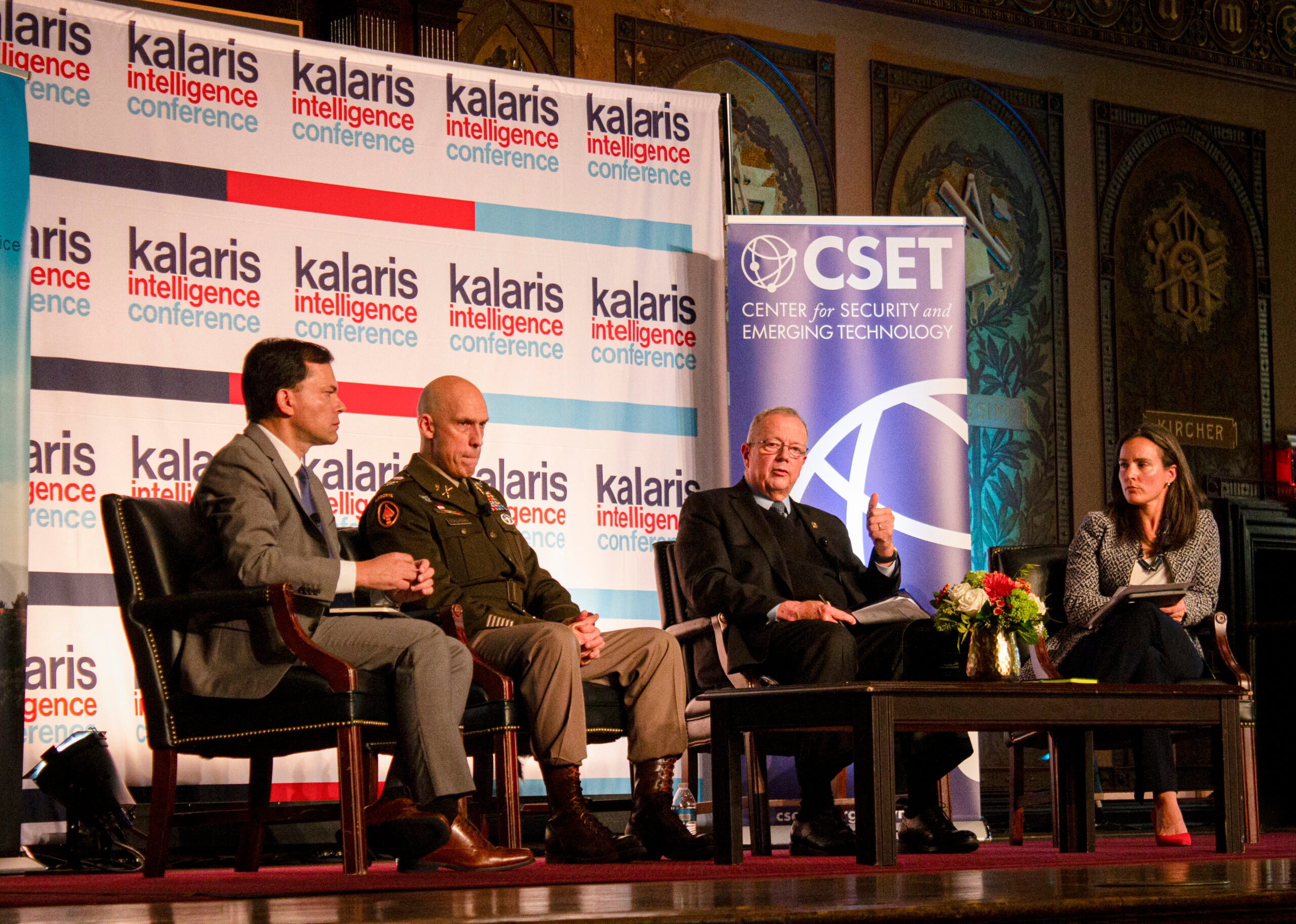How can the United States leverage emerging technologies to run faster at home, slow down competitors, and see farther across the threat and opportunity horizon? The U.S. government has an array of tools to accomplish these goals, including research and development funding, export controls, public-private and international partnerships, and horizon scanning of the global science and technology landscape. Each of these tools is essential to U.S. national security and economic competitiveness. The rapid pace of innovation and the unknown effects of many technologies make it more difficult for the intelligence community to anticipate threats and offer opportunities for a range of potentially dangerous actors. At the same time, successful incorporation of many technologies can improve traditional intelligence methods and even offer new ways to collect and analyze information.

This year’s Kalaris Conference aims to bring together diverse voices and perspectives to examine the complex tradeoffs of technology policy and how the U.S. intelligence community is adapting to enable the United States to make informed, technology-related decisions.